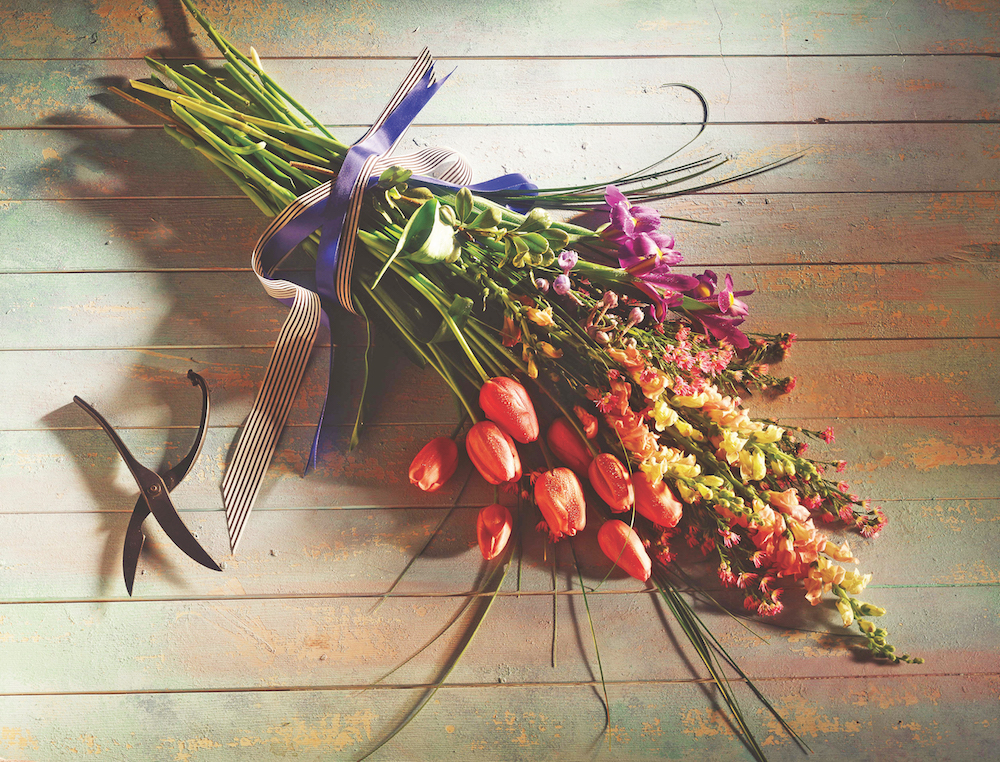Slow flowers provide new industry, opportunity

By HUGH G. EARNHART
OSU Ext. master gardener volunteer
CANFIELD
Eighty percent of the cut flowers that make up the bouquets of American florists arrive daily from another country. These blooms come from the Middle East, South America and Asia.
This astonishing situation got the attention of Debra Prinzing, a Washington State master gardener volunteer.
Prinzing has a degree in textiles and design and an extensive career in journalism. The author of 10 books, she is a contributor to Better Homes and Gardens and her articles on gardening, architecture and design appear frequently in the Los Angeles Times.
Through the process of researching and writing about the world of seasonal flowers, she wrote a book titled “The 50 Mile Bouquet,” published in 2012.
Between the book’s covers, she explained in detail that domestically raised flowers could make up a daily flower arrangement 52 weeks of the year.
The book received many excellent reviews and, of course, some critics who argued it was not possible to produce a weekly, year-round fresh homegrown bouquet from local flowers.
Prinzing, a little hot under the collar, went back to the drawing board and produced a second book titled “Slow Flowers: Four Seasons of Locally Grown Bouquets from the Garden, Meadow, and Farm” in 2013.
While the book focuses on flowers, it has many similarities to the “Slow Food Movement” that emphasizes using seasonal and locally produced foods.
Suddenly, Prinzing has become the leader of a popular trend called the “Slow Flower Movement,” which earned her the American Horticultural Society’s prestigious Frances Jones Poetker Award.
The movement has a website – www.slowflowers.com – that lists growers and florists across the country who are participating in the changing footprint of the American floral industry.
Prinzing, who says, “growing and harvesting flowers is in my DNA,” launched her movement four years ago and already has more than 700 businesses across the United States and Canada that have championed her philosophy.
She is the president of Garden Writers Association and a member of the Association of Specialty Cut Flower Growers.
This “Slow Flower Movement” is an opportunity for growth here in the Mahoning Valley.
If you are an entrepreneur or know an entrepreneur who likes to get their hands in the soil, consider the opportunity. There are many university extension resources available regarding the cut-flower business.
One way to get started planning in the new year is by checking out the resources at go.osu.edu/growflowers.
 43
43
